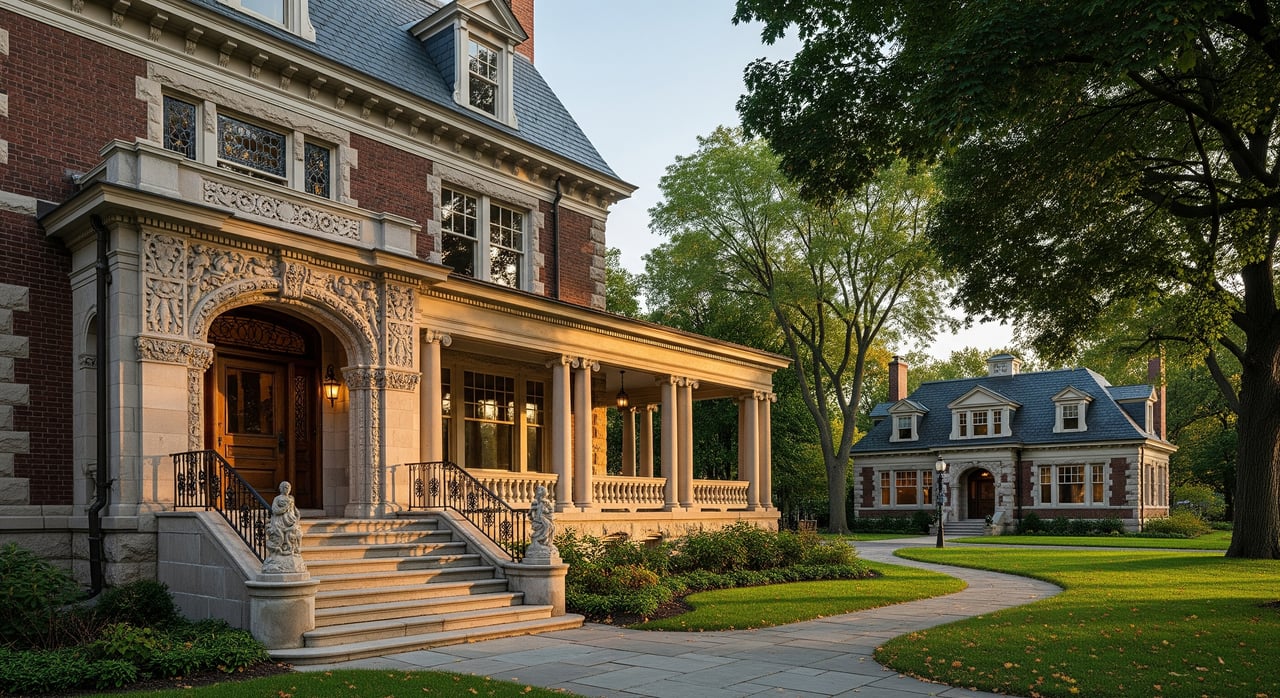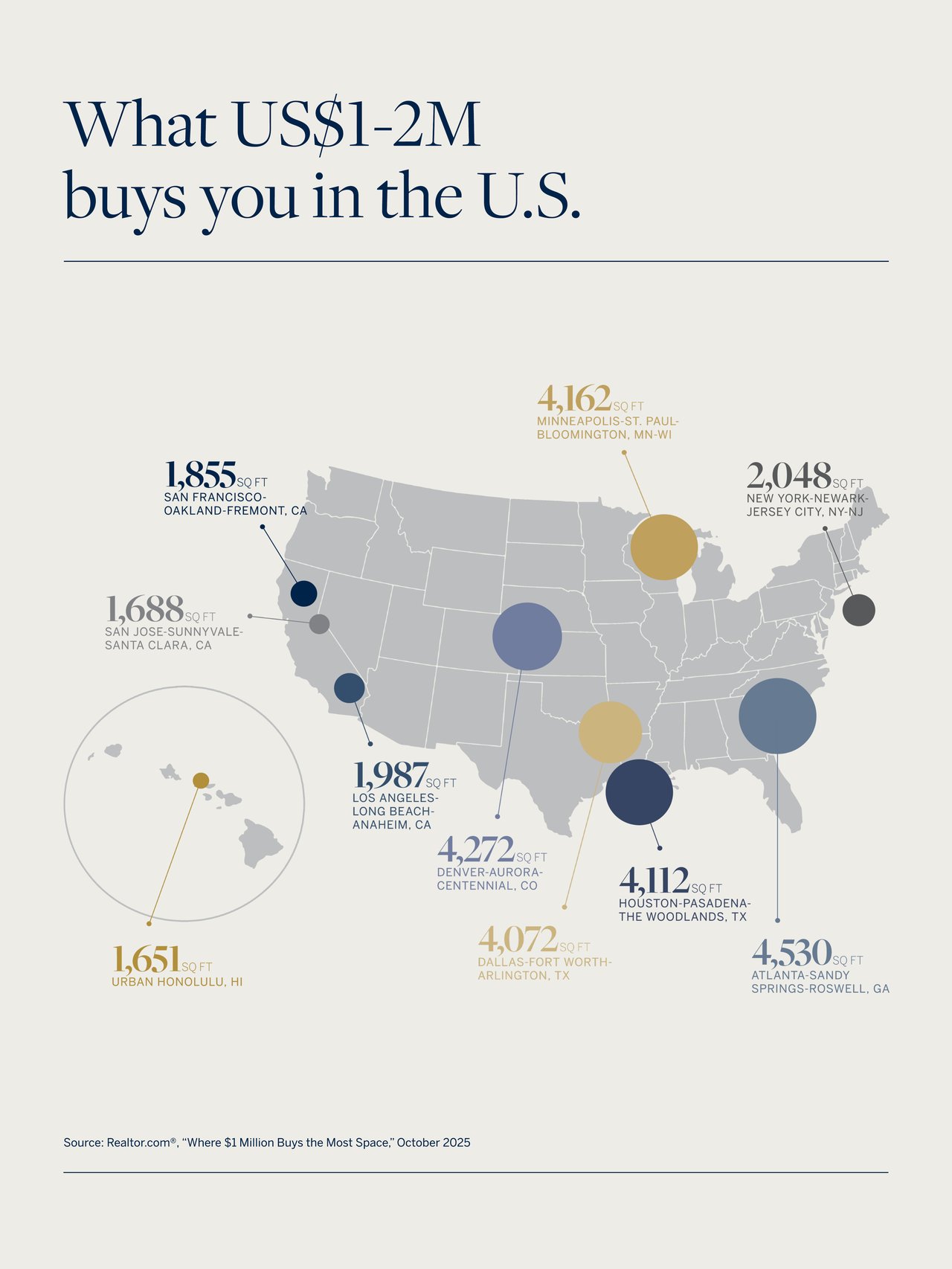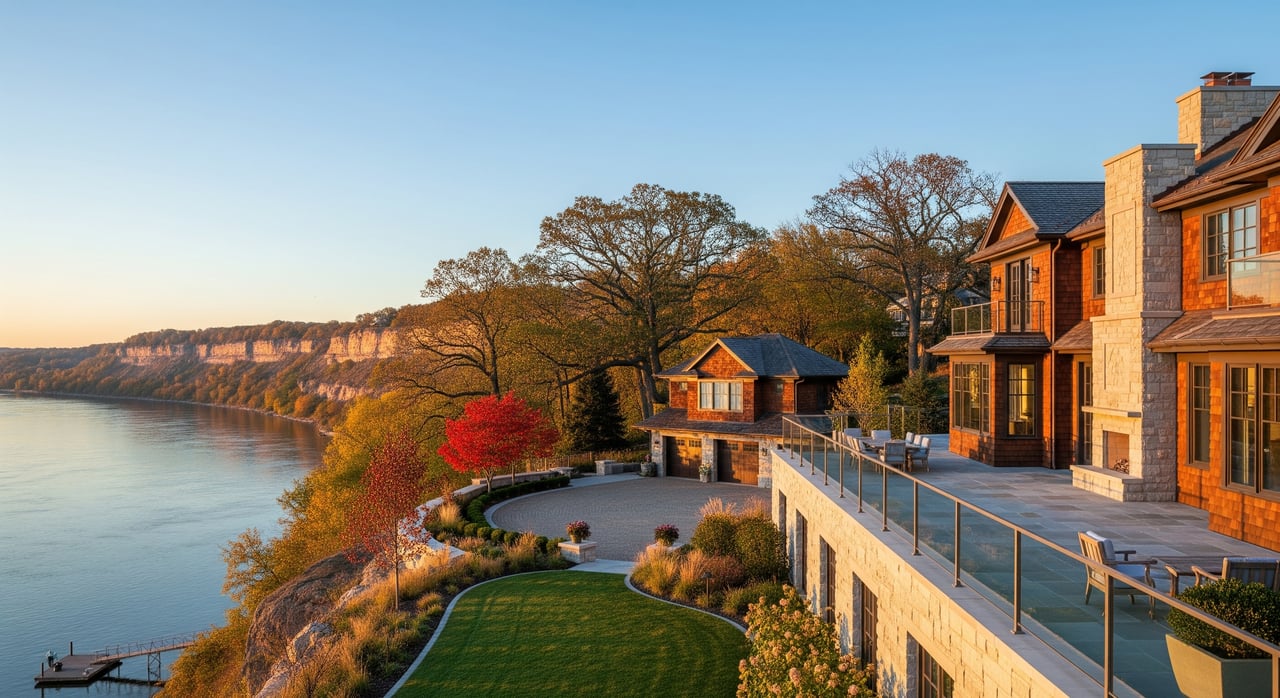In the past, luxury homes included amenities such as spas, pools, and home theaters. Much of the luxury element bore an emphasis on aesthetics. Today, luxury homes have become “smarter,” with a signification given to technology and its convenience, comfort, and security.
Smart home technology has changed the way homes are built and marketed. As a result, a new industry has grown around smart home construction. Many people with the means to buy luxury homes are now prioritizing that technology before aesthetic amenities, often customizing their smart home systems to suit their lifestyles.
Smart homes of today
Technology is no longer merely an indulgence to be enjoyed by high-end homeowners or something saved for future improvements. Today, people are purchasing homes with a view to the smart technology that is already installed. Consequently, smart home technology is currently experiencing several significant trends.
Today’s smart technology emphasizes the convenience and comfort of homeowners. Touchless features, better home security, and eco-conscious systems are becoming more commonplace in new home construction and as enhancements to existing homes. The pandemic saw a surge in technology integration that increases sanitation, such as touchless faucets, toilet seats that automatically lift when a person enters the bathroom, and technology to assist people working from home.
Technology for luxury living
While smart technology has become accessible to more and more people, some advances are designed with luxury in mind. Mark Zuckerberg, for example, has a custom AI-powered app that serves as his butler and takes care of all his home needs. Likewise, Oprah Winfrey’s Telluride ski home has a radiant heat system that can automatically melt the snow off her driveway.
Those living in luxury homes use smart technology to control their lighting, with many options using human circadian rhythms to make daily adjustments. Systems such as Lutron and Creston provide energy-saving features blended with the convenience of controlling all the home’s lighting devices in one system. Personalized home security systems provide them with top-rate protection.
Convenience is a priority for luxury smart homeowners. Using simply one interface to control all programs and systems in the home, these homeowners can automate daily chores, such as making their morning coffee, vacuuming, and turning on and off the lights. Ultimately, the homeowners are afforded the luxury of time as they pass off such trivial chores to their smart technology.
Beyond luxury
Some luxury home smart technology goes beyond anything of which most people can even dream. For example, one multi-million dollar home in San Francisco’s Russian Hill neighborhood, Residence 950, has technology that almost seems futuristic. Built with high-tech security and firewall safety in mind, the home features biometric (typically face or voice recognition) identification systems along with nine security cameras.
Many luxury smart homes include safe rooms providing protection from intruders, but others go even further. For example, anti-photography technology now detects and minimizes flash photography, something to which high-profile celebrities and affluent homeowners are often prey. In addition, bulletproof shutters, chemical attack sensing technology and protection, and even trapping mechanisms that prevent an intruder from evading the scene are becoming more commonplace.
One thing you most likely will not find in these high-end luxury smart homes is an unsightly jumble of cords and chargers. Instead, many homeowners have technology assimilated into the home’s interior design. There are wireless chargers in elegant handmade designs disguised as decorative additions to the home, which charge smartphones from anywhere in the house. Digital art frames display any art the homeowner chooses and can be changed to match the owner’s whims. Lighting and audio technology can be blended to create a relaxing ambiance using mood lighting and streamed playlists.
Transforming the home
As people begin incorporating smart technology into their lives, it changes how they remodel their homes. When they upgrade their houses with new flooring, landscape their outdoor living spaces, and change their lighting, they can incorporate smart technology into these modifications. Convenience, aesthetics, and eco-friendly features are all factors in deciding where to integrate smart technology.
Many homes are becoming more self-sustaining with energy management systems. Temperature, humidity, and air quality can all be controlled through sensors and monitors. Smart lighting, indoors and outdoors, and smart shading can save energy and even be adjusted to follow the owner’s natural body clock. Smart plant systems exist that can monitor the home’s air quality, extract excess humidity from the air and recycle it to water the plant, and even provide mood lighting automatically.
Innovative technology has made everyday living easier for many. Smart vacuums, for instance, have evolved in the past two decades from the original Roomba. Modern vacuum robots can now empty themselves and navigate around objects that should not be vacuumed. Many homes include pet cameras that allow pet owners to monitor their fur babies from work. Knowing that almost any system in a home can be monitored and controlled by a smartphone or other device is reassuring and auspicious.
Home buying in a smart new world
Buying a new home in today’s world brings a new catalog of desired features. When first-time or seasoned home buyers determine what they’re looking for in a new home, smart technology may very well be included in their
wish list. Likewise, for those
selling a home, smart technology might be added to their own list of upgrades to make their house more marketable.
Many homes already have smart home control systems like Alexa or Google Assistant to connect to and control lighting and other systems. Others have incorporated smart hubs to control various smart home and IoT devices and systems, including thermostats, outlets, lightbulbs, door locks, switches, and door sensors. Adding smart technology to an existing home is relatively easy and may increase a home’s marketability.
Smart technology is a pervasive reality in today’s world. Qualified and experienced real estate agents like
Natasha Cejudo understand this and will make home buying and selling smooth and painless. Natasha understands the marketing trends and the features that are essential to selling or purchasing a new home.
Give her a call today to get started searching for the perfect home for sale in Minneapolis.
*Header photo courtesy of Shutterstock








